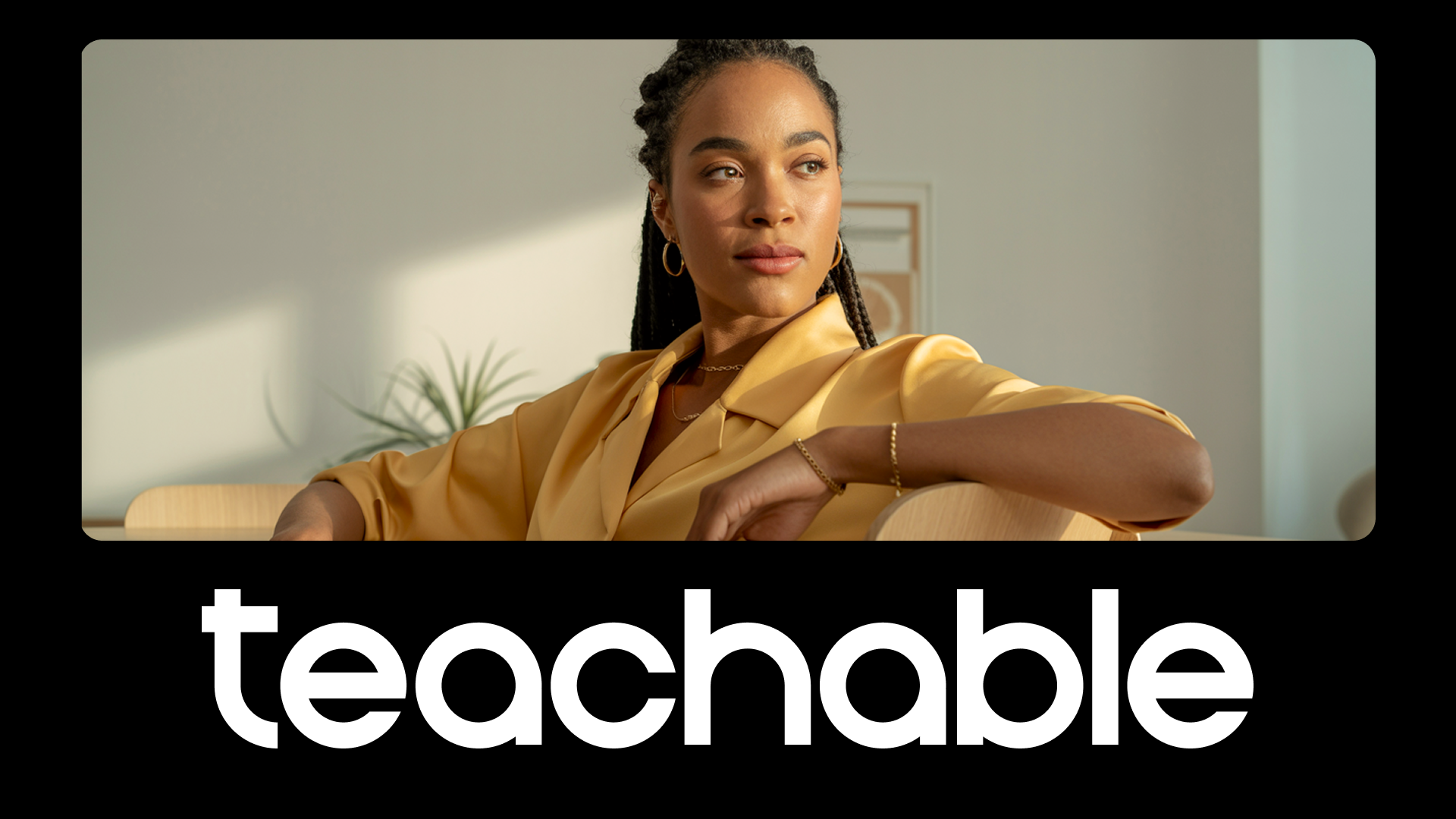When it comes to creating and structuring cohort-based courses, even season online course creators might still have questions. They’re a slightly different structure and type of class than you might be used to if you’ve been creating self-paced courses.
What is a cohort-based course?
A cohort-based course is one where the students enrolled all start the course at the same time and complete the course together, as a cohort. This means they go through the same lessons on the same schedule. And they have the same assignments, quizzes, or other measures of success to complete on the same schedule too. It’s similar to the type of learning most of us are familiar with because most schooling in a classroom is cohort-based. Typically these courses have an enrollment period before they begin and a course cap on the number of students as well.
How does cohort-based course structure differ from other courses?
Non-cohort-based courses are self-paced and can be completed on any timeline. Whereas cohort-based courses are dependent on all of the students completing the same lessons and assignments on the same schedule. The two types of courses differ quite a bit from one another and have the pros and cons that come with each type of learning.
Take our quiz.
Find out whether you should create a cohort-based course or a self-paced course.
5 tips for structuring cohort-based courses
1. Start with the basics so everyone can start on the same page
You want to make sure that before your students start taking your cohort-based course, they’re all on the same page. You might consider structuring the first course lesson to act as a refresher or introduction if it’s a beginner course. Or you might assign reading for students to complete before attending the first course. This way everyone can start with the same minimum basis of knowledge making it easier for everyone to learn at the same rate.
2. Create a syllabus so students know the expectations and timeline
When structuring a cohort-based course you should also make sure that you create a syllabus to provide to students. Not only will this be useful for your students but it’ll be beneficial for you to have too. You’ll all be able to know exactly what is due and expected when. This also means you can be sure that you’re presenting the information in the course in a logical way.
If you structure out your course and realize there’s too much information on one week, you could readjust and extend it a week. Conversely if in structure a cohort-based course and notice one week is lacking you might add in a group discussion or another assignment.
Be sure to match your syllabus to the expectations and the goals you mentioned when marketing your course to students. Then there will be no surprises on anyone’s part.
{{profitable-component="/blog-shortcodes/blog-popup"}}
3. Facilitate group work for students
When structuring a cohort-based course take advantage of the fact that your course happens on a schedule and every student is doing the same work at once. This makes it easier to assign group work, discussions, and other assignments. You can pair up students and ask them to work together to facilitate their understanding of the subject matter further. Or have students talk about challenges they’re facing in the course. You could even have students simply meet to get to know one another better to form connections and community to support your cohort-based course.
4. Incorporate feedback
Once you go through a cycle or two of your course, start to incorporate the feedback of your students. They have an experience of your course that you’ll never have: taking it for the first time. So, their feedback around what was effective, what wasn’t, and what they liked or disliked can be invaluable to bettering your course for future students. You can send surveys or even ask for student testimonials if the feedback you’re getting is mostly positive.
5. Host “office hours”
You might also want to offer your students the chance to talk to you and ask questions during a set time each week to help them better understand the course material. This can be a huge added value of your course. Plus it will help your students get as much as possible from your cohort-based course. The exact structure and time of these can differ. Maybe you have two half-hour sessions a week to make it as accessible to everyone as possible. Or maybe you survey students when you start your course to see what times would work best for them. Either way, offering them time to learn one-on-one or in a smaller setting can be highly beneficial.
Join more than 150,000 creators who use Teachable to make a real impact and earn a real income.


.png)



.png)

